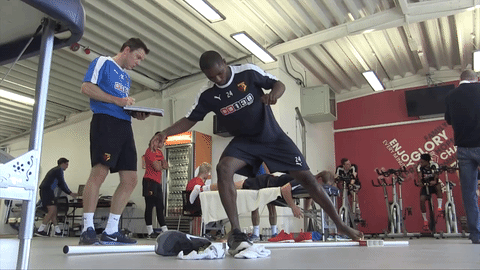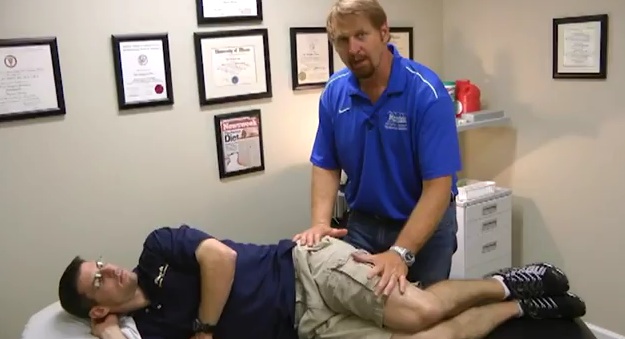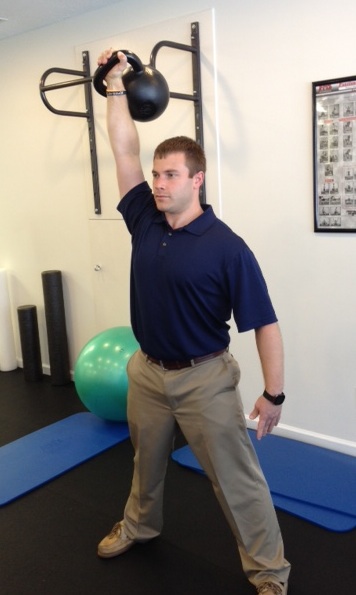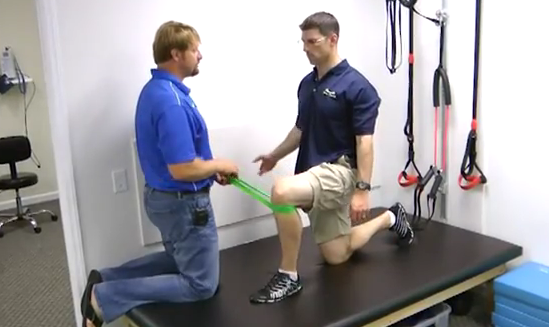The Relationship Between the Motor Control Screen and the Y Balance Test
Written by Brett Jones Video
As FMS has launched several new offerings within Functional Movement Systems a question has arisen:
What is the relationship between the Motor Control Screen (MCS) and the Y Balance Test (YBT)?
I reached out to Phil Plisky to get some clarity and he was kind enough to provide us with these answers:
v Is the MCS a new version of the YBT?
The MCS was derived from the Y Balance Test anterior reach and superior lateral reach. Using years of research and the database of over 80,000 Y Balance Tests, a screen was created to provide the most information about motor control, in the least amount of time. Analysis of the multiple research studies and the large Upper and Lower Quarter YBT database confirms that the anterior reach (LQ) and superior lateral reach (UQ) captures valuable information about motor control when performed independently.
The MCS quickly appraises how an individual stabilizes, balances and controls movement through single limb competency in each quarter of the body – essentially a screen for motor control. While the YBT is a comprehensive test of motor control with multiple movements in all planes.
The MCS does not replace the YBT, but adds another dimension to movement screening. The YBT is considered a standard test for return to play and discharge criteria, or when additional motor control testing is desired.
When should I use the YBT? When should I use the MCS?
The YBT should be used for full discharge/return to sport testing as well as pre-season testing. In the rehabilitation setting, the YBT should most commonly be used because the patient likely already has motor control changes due to injury. The MCS can be used in the clinical setting or in fitness/training as a feedback loop to determine if your intervention is immediately effective.

(The EPL's Watford FC using the YBT in their pre-season testing)
Can the Y Balance Test kit be used to perform both the Lower Body and Upper Body MCS?
Yes, the Y Balance Test kit can be used for both the LB-MCS and UB-MCS. However, the same rules and procedures for the MCS should be followed. For the Lower Body MCS, shoes are on and the heel stays down. The Upper Body MCS is the superior lateral reach of the Y Balance Test, but should be performed with the shoes on. (Check out the new MCS Slide box for the FMS kit)
Why are the shoes on for the MCS and not YBT?
The MCS delivers a quick snapshot of a person’s motor control divided into 4 quadrants. It is designed to be used with the Functional Movement Screen (FMS) and as the entry point to the Fundamental Capacity Screen (FCS). Both of these screens require shoes, so the MCS ‘shoe on’ requirement aids efficiency. This is especially helpful when using the MCS as a feedback loop during a training session.
Why is the heel down for the MCS and not YBT?
The MCS is designed to screen for motor control dysfunction. Since the shoes are on (compared to the Y Balance Test) the criteria are more stringent by keeping the heel down to capture more potential motor control dysfunction.
Also remember that the Ankle Clearing precedes the MCS and allows for a very quick and easy way to check the ankle for range of motion and pain. The Ankle Clearing and MCS are efficient tools for the Modified FMS and the FCS.





